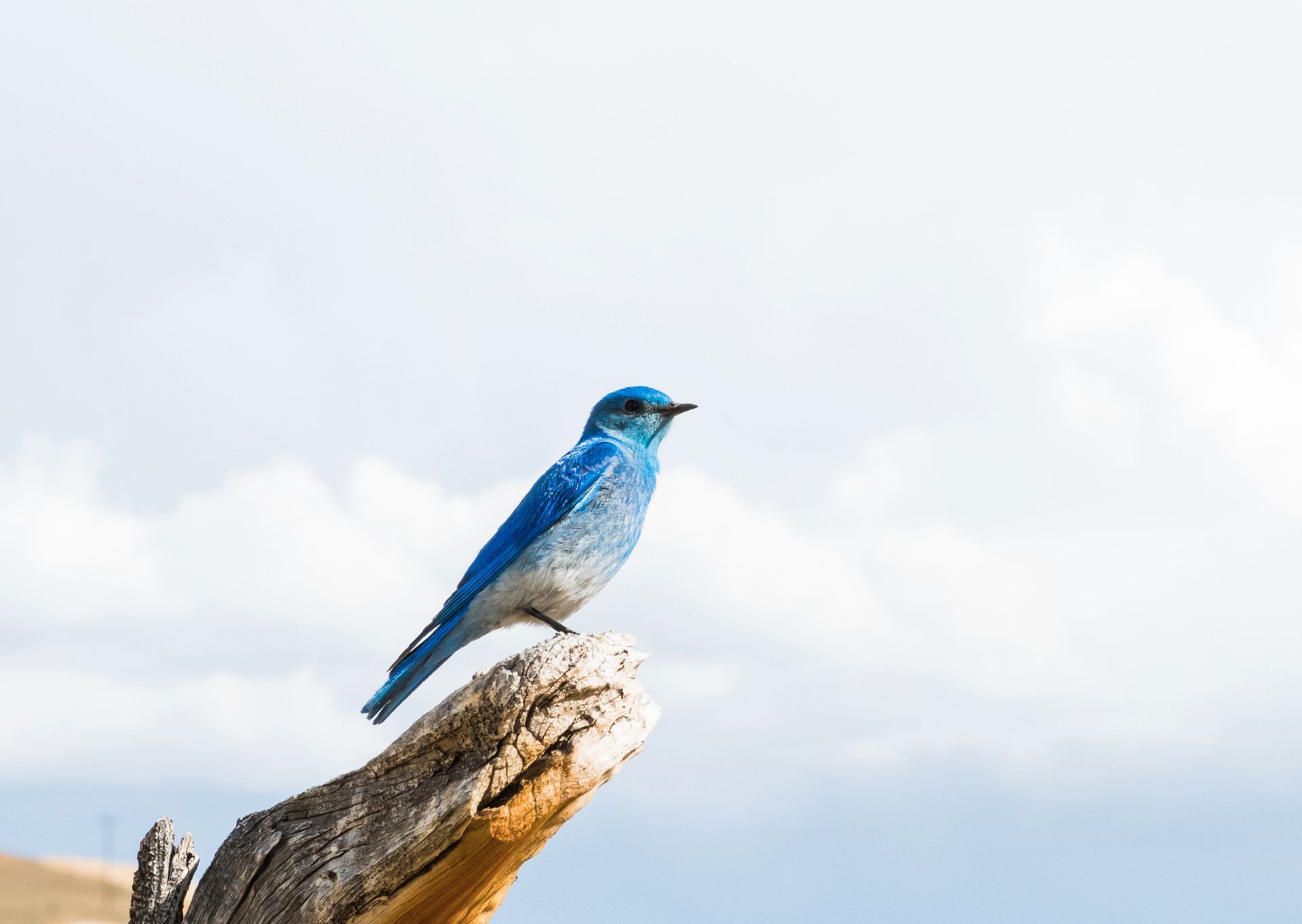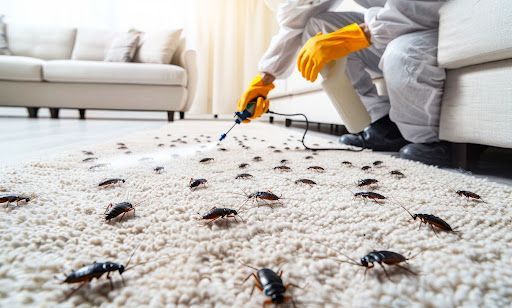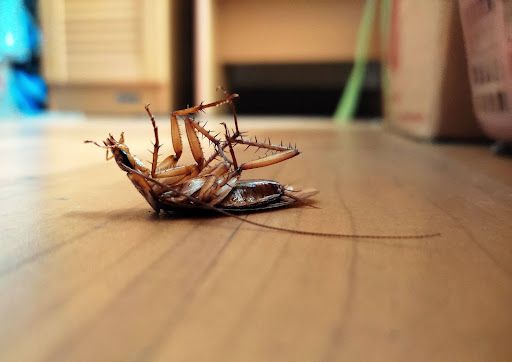The Rise of Eco-Friendly Pest Control: A Sustainable Future
Eco-friendly pest control is transforming the pest management industry by prioritizing methods that are safe for both the environment and human health. This approach emphasizes minimizing the ecological footprint of pest control activities while maintaining effective pest management. As the global awareness of environmental issues grows, the pest control industry is witnessing a shift towards sustainability, driven by both consumer demand and regulatory changes.
Recent trends indicate a significant increase in the adoption of eco-friendly practices within the pest control sector. Companies are moving away from traditional chemical-heavy methods towards more sustainable solutions. This shift is not just a response to regulatory pressures but also reflects a growing consumer preference for
environmentally responsible options. The industry is also seeing an influx of innovations designed to enhance the efficacy and safety of pest control methods.
Innovations in Eco-Friendly Pest Control
Technological advancements are playing a crucial role in the evolution of eco-friendly pest control. Recent developments include the creation of natural and less harmful pesticides that effectively target pests without damaging the environment. These innovations often use botanical extracts and essential oils as active ingredients, reducing the reliance on synthetic chemicals.
Smart technologies are also being integrated into pest management systems. These include IoT devices and data analytics tools that provide real-time monitoring and predictive analytics, enabling more precise and efficient pest control strategies. According to Dr. Emily Harper, an expert in sustainable pest management, "The integration of technology with natural pest control methods is one of the most promising innovations. It allows for more targeted interventions, reducing the need for broad-spectrum chemical applications."
Challenges in Implementing Eco-Friendly Solutions
Despite the benefits, several challenges hinder the widespread adoption of eco-friendly pest control solutions. One significant obstacle is the regulatory framework, which can be complex and varies across regions. Compliance with these regulations often requires additional resources and expertise, posing a barrier for many companies.
Cost is another critical factor. Eco-friendly products and technologies can be more expensive than traditional options, impacting both businesses and consumers. However, Dr. Harper suggests that "Investing in sustainable practices can lead to long-term savings and benefits. Education and awareness are key to overcoming these challenges and encouraging broader adoption."
Future Directions in Eco-Friendly Pest Control
The future of pest control is likely to be shaped by continued research and development in eco-friendly technologies. Predicted trends include the increased use of biological control methods, such as introducing natural predators to manage pest populations. Additionally, advancements in genetic research may lead to more effective pest management solutions that are both safe and sustainable.
Benefits for the Environment and Consumers
The environmental benefits of eco-friendly pest control are significant. By reducing the use of harmful chemicals, these methods help protect biodiversity and preserve ecosystems. For consumers, the health benefits are equally important. Eco-friendly pest control minimizes exposure to toxic substances, safeguarding the health of families and pets.
Economically, sustainable practices can also be advantageous. While initial costs may be higher, the long-term savings from reduced chemical usage and improved pest management efficiency can be substantial.
The Role of Education and Awareness
Education plays a pivotal role in the adoption of eco-friendly pest control solutions. Increasing public awareness about the benefits and availability of these options is essential for driving demand. Strategies for enhancing consumer engagement include community workshops, informational campaigns, and partnerships with local organizations.
Embracing the Future of Pest Control
The transition to eco-friendly pest control is not just a trend but a necessary evolution in the industry. By prioritizing sustainability, companies can contribute to a healthier planet while meeting the needs of their customers. By embracing eco-friendly practices, we can ensure a safer and more sustainable world for future generations."
Community involvement will be crucial in supporting this transition. By working together, businesses, consumers, and local organizations can foster a culture of sustainability that benefits everyone.



Call or chat with us today!
Nevada
5595 Equity Ave, Ste 650, Reno, NV 89502
1855 Sullivan Ln, Sparks, NV 89431, United States of America
Idaho

